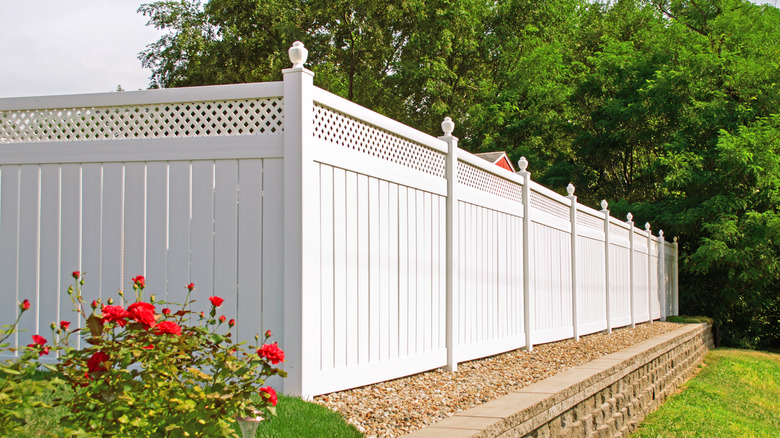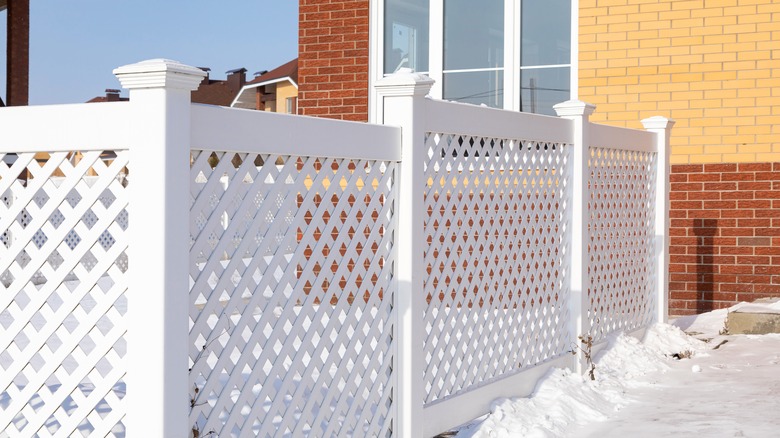How To Install A Vinyl Fence (& Crucial Mistakes To Avoid Making)
Vinyl fences offer several advantages when compared to their chain link and wooden counterparts. They're easy to clean, they're difficult to ignite, they'll keep your kids' hands splinter-free, and they afford better privacy than the chain link alternatives. Sure, vinyl fences cost a bit more, but considering the benefits, the extra costs may well be worth it. One thing you can do to offset the shock of the initial price tag is to install the new vinyl fence yourself, without calling in the pros.
Pulling off a DIY vinyl fence install is relatively simple. Start by inserting stakes along the intended fence line; be sure to use the stakes to mark the beginning and end of the fence, as well as corners and gates. Next, draw a string from one end of the fence line to the other, tying it to all the stakes in between. Once the line is in place, identify the locations of the fence posts using marking paint (refer to the manufacturer's instructions for post spacing). Now you can dig holes to accommodate the posts. This is probably the most time-consuming part of the job, since you need to excavate the holes, add gravel to the bottom, set the posts, and fill the holes with concrete (whether you choose dry pour or wet pour concrete doesn't matter). With the posts set and leveled, attach the rail brackets and panels to the posts — the latter slide handily into the former, then you just secure the assembly with screws.
Now, as a DIYer, you may (knowingly or inadvertently) make several mistakes during installation. Namely, you may forgo the permitting and approvals process. Or, you might forget to check for buried utilities before digging the post holes.
Don't skip permitting, zoning approvals, or checking for buried utilities
There are certain rules you must know before building — even if all you're doing is setting up a fence. Fences below 6 feet are exempt from permitting in many jurisdictions, although some cities, like Seattle, extend the exemption to fences under 8 feet unless you're located in a floodplain. Since the requirements vary, avoid the hassle and check what the maximum exempt height is in your location, then buy a vinyl fence that doesn't exceed this dimension. Of course, if privacy is an issue and you need a tall fence, be ready to apply for a permit with your local building officials.
When deciding on the location of the fence, don't make the mistake of just drawing the line where you see fit. Instead, consult with the planning department to see if your fence will comply with zoning laws. There may be mandatory setbacks you need to meet, and the jurisdiction might have a limit on the fence's maximum height. Your deed is also a good document to consult to see if the fence will get in the way of any public utility easements. The last thing you want is the gas company telling you to rip parts of the fence out so that it can access the gas main underneath.
Also, before marking and digging the fence post holes, call your city and inquire about buried utilities on your property. The service is generally offered for free. In contrast, damaging underground electrical cables or a gas line with your shovel can leave you liable for the repair costs. By avoiding these regulatory mistakes, you make sure that your vinyl fence DIY project goes off as smoothly as possible.

